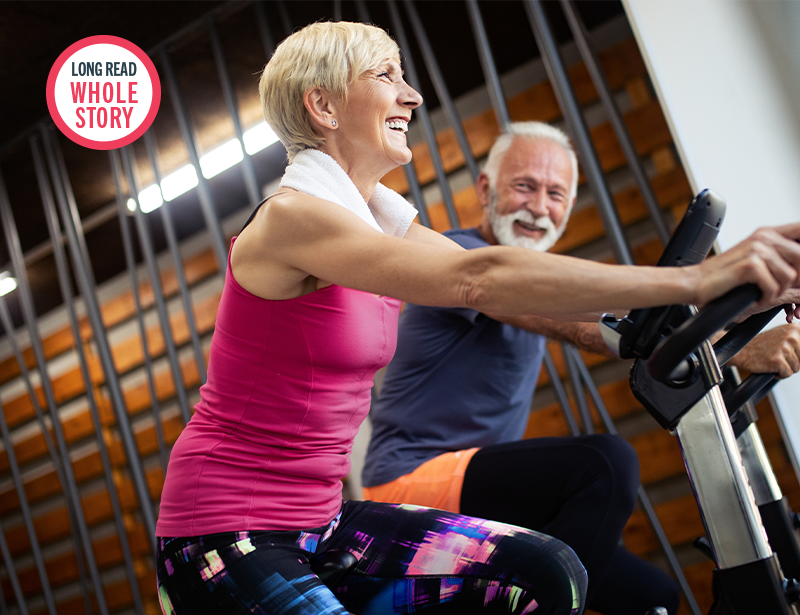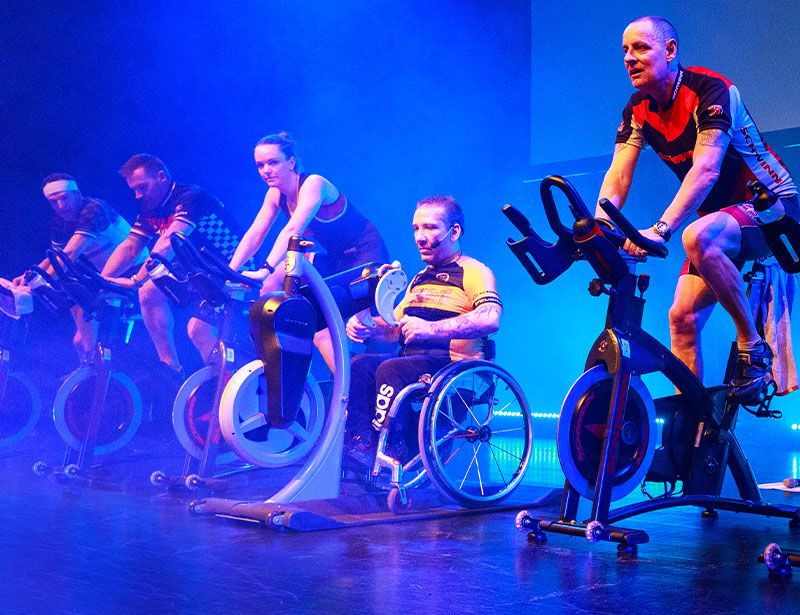Indoor cycling academy
Happy hour

 Meet our experts: Oliver Patrick, Daphne Feller, Daniel Callow and Michael Hosking
Meet our experts: Oliver Patrick, Daphne Feller, Daniel Callow and Michael Hosking
“Physical markers are very often intangible to people,” says Oliver Patrick, co-founder of clinical wellbeing academy FuturePractice. “I can’t get someone out of bed on a cold Wednesday morning to go and increase their VO2 max by 3 per cent, because it doesn’t mean anything to them.
“Neither can I tell them with certainty what the long-term physical outcome of their exercise will be. It’s so intangible, so immeasurable, that it isn’t worth talking about for most people.
“From the first time someone exercises, we can expect tangible increases in energy and happiness”
“As a coach, I have to find something that bothers or interests the individual, then draw a direct line between exercise and their desired outcome. That’s generally going to be something to do with the way they feel, because being mentally suboptimal is the norm in our high-stress world.
“And actually that’s useful, because there’s an immediacy to humans: to get someone hooked on a drug, you need to give them a first fix, and with exercise that first fix will come quicker if you focus on feelings, not fitness goals.”
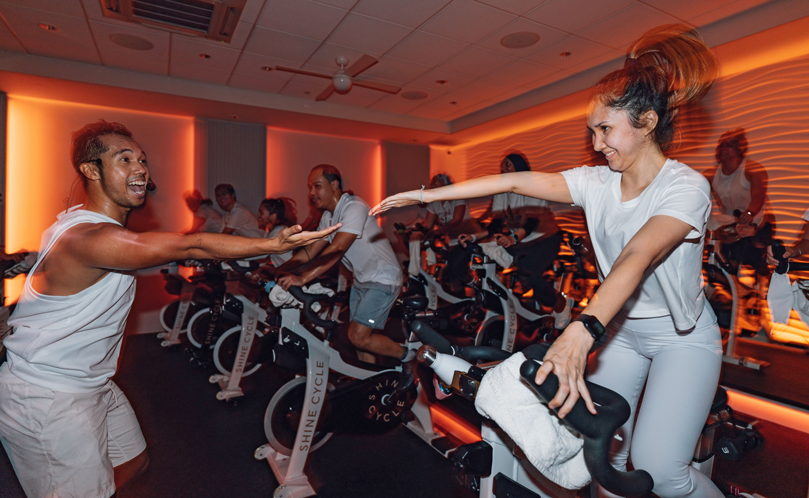
A feelgood boost in just 15 minutes
He adds: “In fact, it can come within 15 minutes of starting a class. From the first time someone exercises, we can expect tangible increases in energy and happiness, decreases in stress, improvements in clarity of thinking and even sleep quality.”
BrainExplainers’ Daphne Feller agrees: “The feelgood hormones dopamine, serotonin and endorphins come within a single workout, with cardiovascular exercise particularly well-known for inducing a significant release of these neurotransmitters.
“Each neurotransmitter has its own job, but all three are associated with enhanced feelings of positivity: runners’ high hormone serotonin plays an important role in regulating mood, emotions and sleep; dopamine triggers our reward system to help us feel pleasurably motivated; and endorphins manage pain, lower stress, improve mood and enhance our sense of wellbeing.
“In a 45-minute indoor cycling class, you can expect your brain to release all three; serotonin takes the longest, normally kicking in after around 30 minutes. Exercise also helps control the stress hormones cortisol and adrenaline.”

Why group exercise is top for happiness
Patrick continues: “The problem is, we’re generally not great at attaching feelings to what we do. It’s therefore really important that we tell people what we want them to observe when they exercise. Ask them: ‘Have you noticed a decreased tension in your muscles, are you feeling less burdened and a bit more joyful – less keen to honk your horn at someone on the way home?’
“That’s the feeling we want to get them addicted to, so crucially we need them not just to say ‘I feel a bit better today’, but to actively recognise and attach that feeling to their workout: ‘I feel a bit better today because I did the exercise.’
“We need to help them understand the control that exercise gives them over their feelings, so the next time their mood lowers or their shoulders start moving towards their ears, they know how to do something about it.”
“If I help you find more energy, I put you in the best possible position to find happiness… and group exercise helps with multiple forms of energy.”
He adds: “Happiness isn’t always possible, of course. You can’t feel happy if you’re in a state of grief, as an example. However, if I help you find more energy – emotionally, mentally, physically and spiritually – I enable happiness. I put you in the best possible position to find it.
“And group exercise helps with multiple forms of energy, not just physical. We also feel emotionally, spiritually and mentally energised by being in a community where we have a part to play. There’s a lot of interesting scientific work going on at the moment to explain why, but we are undoubtedly hardwired to exist and feel good in the presence of other people.”
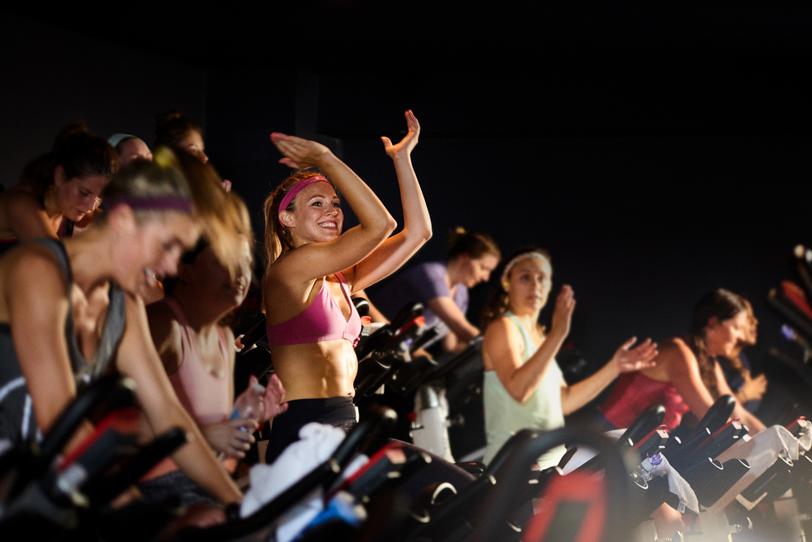
The music in class plays a key role too, says Feller: “Music can evoke strong emotions by stimulating the limbic system – the part of the brain that’s responsible for emotional responses. When activated in a positive way, it can encourage feelings of happiness.
“Music also lowers cortisol levels, especially slow, calming music. It means the final cool-down track of a cycling class is particularly beneficial not just for the body, but also for the brain.”
How exercise helps us deal with stress
Yet the science of exercise and its impact on the brain is still emerging, warns Daniel Callow PhD, postdoctoral research fellow at Johns Hopkins University School of Medicine.
“We don’t actually know what’s changing in the brain at a molecular level when we exercise,” he explains. “BDNF (brain-derived neurotrophic factor) is something people talk about, as we know BDNF is likely important for brain health: the suggestion is that it may be released in the brain when we exercise. However, most of this research has been done in animals.
“In humans, we can only measure BDNF in the blood, not the brain, and it may cross the brain/blood barrier and respond to exercise in an inconsistent manner. At this stage, there’s insufficient evidence to be confident about neurotrophic factor and its direct contribution to exercise-induced brain health.

“That isn’t to say we can’t measure any positive impact of exercise on the brain. What we can see and objectively measure – through eye tracking and neuroimaging of brain activity – are changes in networks within the brain, which affect how we respond to external stimuli. The stress response region of the brain, for example, is altered by exercise – mostly in a seemingly beneficial way – which could help explain why exercise helps us deal with depression, anxiety and other mental health issues.
“Scientists have already measured the short-term impact of a single session of activity, but the idea is that over time, a sustained exercise routine could lead to adaptations in the brain that make you more resilient to these stressors.”
How indoor cycling can help treat depression
It is this interest in the causes and treatment of depression that underpins the work of Michael Hosking, Biology PhD, professor and founder of Revocycle Mind and Body Cycling.
Hosking’s fascination with the emerging science around exercise and the brain initially stemmed from his own period of intense depression and PTSD around 15 years ago, which he self-treated using physical activity.
He explains: “I started cycling again and feeling better. I then began to look into the research on exercise and depression/PTSD and a couple of weeks later, told my psychiatrist I was going to stop taking medication. I was feeling so much better. She was shocked by the results I’d achieved and told me it would fundamentally change the way she treated patients with depression.

“When I then discovered Dr John Ratey’s seminal book, SPARK: The Revolutionary New Science of Exercise and the Brain, I contacted Harvard University and spent a week studying under him. I created Revocycle Mind and Body Cycling there and then – an indoor cycling programme where we talk about movement as self-care, stress relief, meditation. We focus on social connection and self-efficacy and we never, ever talk about changing the body or burning calories. The whole programme looks entirely unlike a typical indoor cycling class in its delivery, the way we celebrate, even the way we greet people.
“Why wouldn’t we promote going to the gym to be happy? It’s more inclusive. It says you don’t have to look a certain way to attend the gym.”
“We’ve also now launched Revocycle Mind and Body Education, to teach fitness professionals the science of exercise and the brain. Depression is a huge burden on individuals and society around the world. I just felt it was too important not to bring all of this together and spread the word.”
Exciting new findings as the science ‘explodes’
Hosking continues: “Exciting new findings are emerging all the time, too. For example, until the late 90s–early 2000s, scientists didn’t believe the brain could grow new neurons, yet now we know that neurogenesis – the creation of new nerve cells – can occur in the hippocampus.
“Scientists then began to investigate where in the brain depression lives, and they discovered that it lives in the hippocampus. Specifically, they began to notice that the hippocampus was smaller – with fewer cells and fewer connections – in individuals with depression.
“The next question, of course: Does depression cause the hippocampus to shrink? And can we promote neurogenesis to treat depression?
“Scientists found that if rats were made to run a lot, more new neurons formed in their hippocampi. The idea began to emerge that exercise might be a tool to promote neurogenesis and help address depression. Research in this field skyrocketed.
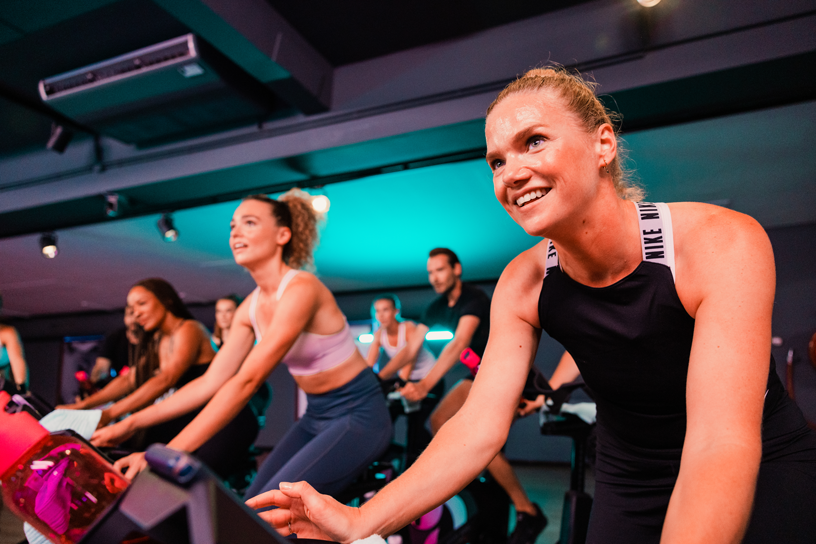
“The science is still evolving and exploding, but a meta-study published in 2023 reviewed research from the last 20 years and drew out four key conclusions. First, depression is almost always associated with reduced hippocampus volume. Second, exercise can help with depression – this the conclusion of 76 per cent of studies. Third, exercise is as effective or more effective than medication, with fewer negative side-effects and lots of positive side-effects.
“And fourth, BDNF is the likely linchpin for the effectiveness of both exercise and antidepressants, with neurogenesis very likely the mechanism and mediator.
“The sector has to be braver in the conversations it’s willing to have, encouraging people to keep an eye out for changes in how they feel”
“Daniel [Callow] is of course correct when he says we have to be careful about drawing early conclusions about BDNF. However, we already know that people with depression have low levels of BDNF in their blood, and that one-off sessions of exercise increase those levels. We also know that aerobic exercise is better than strength training at increasing levels of BDNF in the blood.
“I very much appreciate a scientist who’s cautious and focused on what’s absolutely proven, but I guess I’m just willing to be a little more generous in my views of the emerging molecular and cellular models of BDNF and neurogenesis, which are highly complex and compelling.”
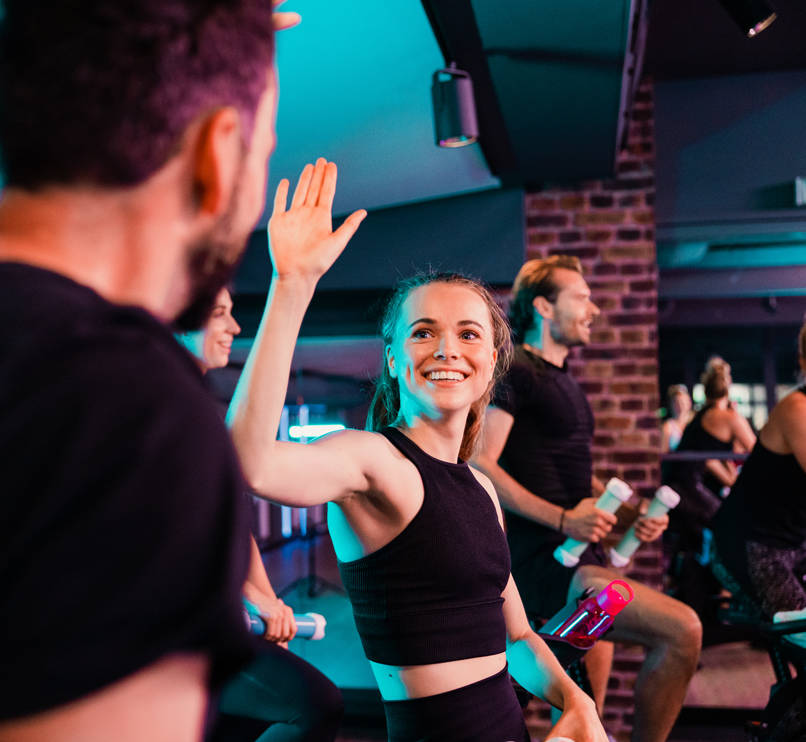
We know what works. Why not talk about it?
Yet whatever we now discover as the science continues to evolve, as Callow himself says: “A precise mapping of BDNF levels in the brain isn’t what will elicit the greatest benefits for individuals. It might help develop therapeutics and drugs in the future, but what matters to the individual is the brain’s proven response to physical activity in terms of our behaviours, moods and cognitive responses.”
Patrick agrees: “If you’re on the field, you can’t deprive people by holding back waiting for a journal that empirically proves what we all suspect. You have to work with what’s available, and we know that being active is good for brain health – especially cardiovascular activity [find out more in our Life Cycle article]. We also know that brain health sits at the heart of mental health.”
“Gyms should move away from marketing physical perfection to focus on elevated mood, stress reduction and better sleep”
“And why wouldn’t we promote going to the gym to be happy?” asks Feller. “Not only does this encourage people to focus on the instant feelgood of being active, it’s also a more inclusive, supportive approach. It says you don’t have to look a certain way to attend the gym. It gives everyone permission to go purely for how it makes them feel.”
She adds: “I believe gyms should move away from marketing physical perfection to show people of all shapes and sizes, highlighting exercise benefits such as elevated mood, stress reduction, mental strength and better sleep.” (See also Focus on the Feelgood for more fascinating thought leadership on this topic.)
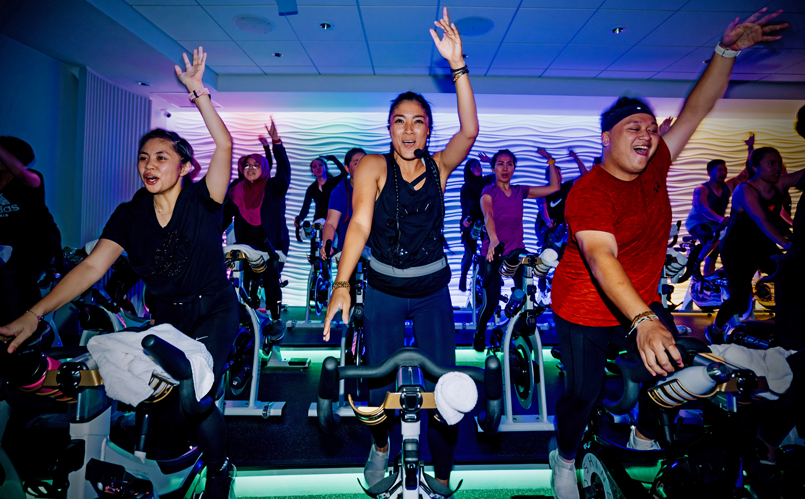
The brave new conversations gyms must have
But to support this new approach, says Patrick: “The sector has to be braver in the conversations it’s willing to have. Everyone’s scared of what they don’t know, but you don’t have to be a psychologist to ask someone how they feel, and to do so in a structured way.
“You can’t diagnose or promise specific results. You have to know when to stop giving advice. But you can ask the question, you can be empathetic, and you can say: ‘No matter what you’ve told me, I believe what we’re going to do will help.’ You can have a meaningful conversation and encourage people to keep an eye out for changes in how they feel.”
“Asking ‘How are you feeling?’ can be a throwaway comment, or it can be the basis for your whole brand”
He adds: “In the end, if exercise is done in a quest for improved body composition, very few people will adhere to it at the frequency that’s required. But if we can attach coming to class to improving the things that are bothering people mentally, we will drive loyalty.
“So we need to start selling ourselves as feeling centres, not physical transformation centres, with a clear scope of practice to communicate and improve the way people feel. There is no product that comes close to exercise, sleep and nutrition for achieving this goal; upscale gyms and studios already have the facilities, people and interventions to alleviate most people’s problems.
“If we can now improve our quality of language and diversify our understanding a little bit, we can be the wellbeing antidote to a poisonous environment. Asking ‘How are you feeling?’ can be a throwaway comment, or it can be the basis for your whole brand.”
Video

Conceived, powered and funded by BODY BIKE®, RIDE HIGH has a simple mission: to celebrate and champion the very best of indoor cycling, sharing ideas, stories and experiences from around the world to inspire the sector on to even bigger and better things. Subscribe for free by leaving your details below and we'll send indoor cycling's hottest news direct to your inbox three times a year.

